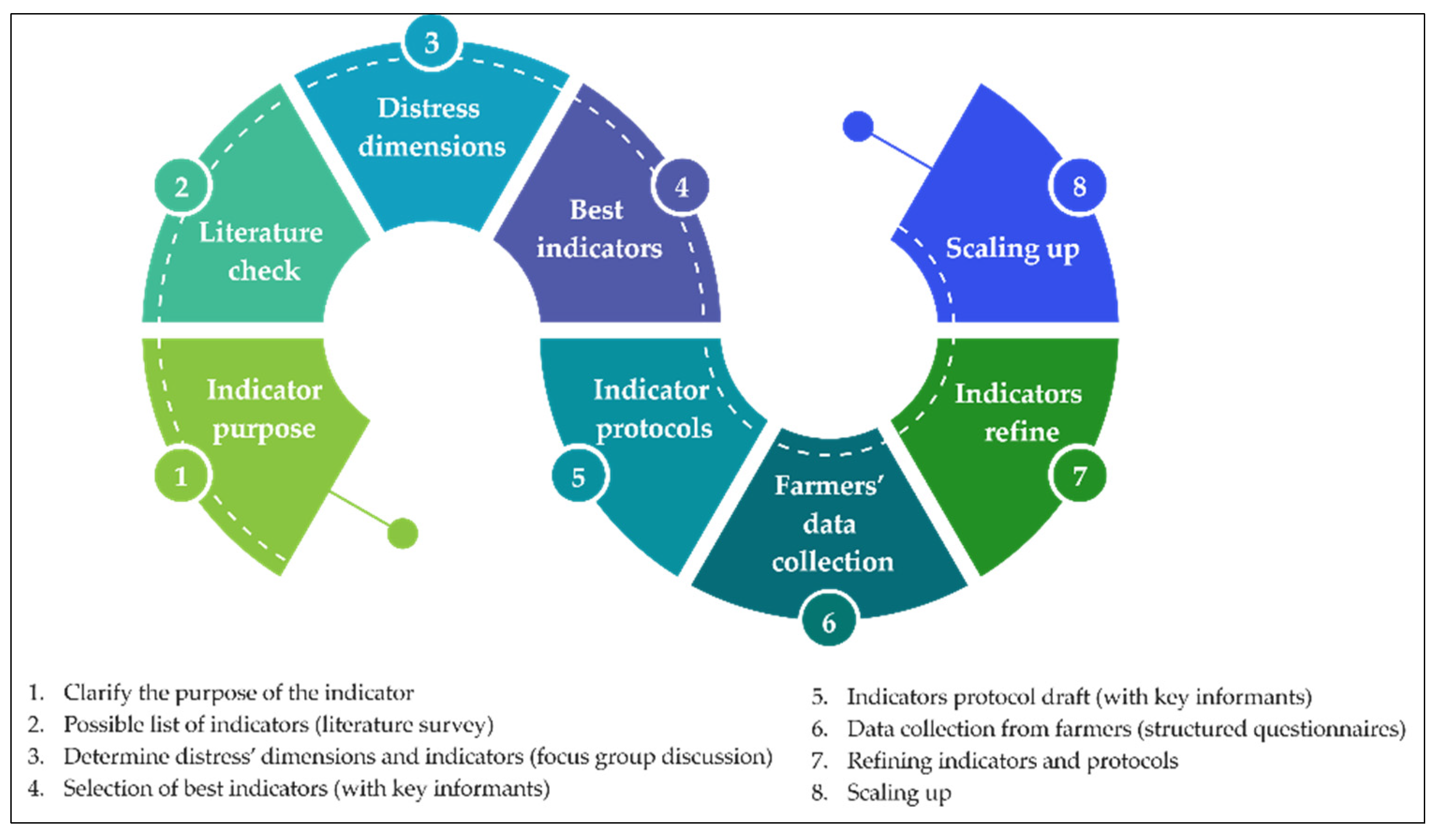ANTIMICROBIAL RESISTANCE (AMR)

Context:
The time has come to view antibiotics as a worldwide shared resource, but their efficacy is diminishing, resulting in approximately five million fatalities in 2019. The rise of antimicrobial resistance (AMR), a hidden pandemic, is primarily attributed to the excessive and improper utilization of antibiotics, prompting pathogens to mutate and develop resistance against these medications.
HISTORICAL BACKGROUND:
Emergence of Antibiotics After World War II:
Definition of Antimicrobial Resistance (AMR):
Consequence on Medicines:
|
- Post-Second World War, penicillin, the first antibiotic discovered in 1928, was mass-produced.
- The world became heavily reliant on these medications, leading to substantial growth in their use.
Decades of Discoveries:
- Over the following decades, further antibiotic discoveries were made, expanding the range of available medicines.
Stagnation in New Discoveries:
- However, by the 1980s, the development of new classes of antimicrobials had stagnated.
- Attention shifted towards reformulating existing classes of drugs, which were prone to bacteria developing resistance.
Challenge of Priority Pathogens:
- The World Health Organization (WHO) classified certain pathogens as ‘priority pathogens.’
- These priority pathogens are categorized into ‘critical,’ ‘high,’ and ‘medium’ based on their threat levels.
Predominance of Gram-Negative Bacteria:
- Most priority pathogens belong to the group of Gram-negative bacteria.
- These bacteria possess complex cell walls and are responsible for severe infections like pneumonia.
Compounding the Problem:
- The complexity of priority Gram-negative pathogens makes them particularly difficult to combat effectively.
- This situation poses a significant challenge in the fight against antimicrobial resistance.
WHAT IS THE CURRENT STATUS?
WHO’s Review of Antibiotics Development:
- The World Health Organization’s (WHO) annual assessment of antimicrobial agents in development shows that over the last five years, only two out of 12 approved antibiotics can be considered truly innovative.
- Among these, only one antibiotic is designed to combat a ‘critical’ priority pathogen.
Declining Antibiotic Development:
- The drug pipeline for novel antibiotics is rapidly shrinking.
- In recent years, only one or two antibiotics have progressed to the stage of new drug applications.
Limited New Candidates in Phase 3 Trials:
- At present, there are merely nine new drug candidates in the crucial phase 3 of clinical trials.
- Regrettably, most of these candidates do not target critical priority pathogens, posing a concern for combating antimicrobial resistance effectively.
CONCERNS ABOUT THE DECLINING ANTIBIOTIC DEVELOPMENT AND ACCESS:
Pharmaceutical Companies Shifting Focus:
- Leading pharmaceutical companies engaged in research, development, and discoveries are withdrawing from antibiotic medicines.
- This shift raises concerns about the future implications.
Triple Jeopardy Ahead:
- The consequences of this trend could lead to a triple jeopardy scenario:
- The effectiveness of existing antibiotics will diminish over time.
- The availability of new antibiotics will become scarce.
- There will be a critical need for broad access to these medicines.
Role of Small Businesses:
- According to the World Health Organization (WHO), around 80% of pre-clinical novel drug discoveries are made by businesses with less than 50 employees.
- However, as drugs progress through development stages, the costs increase, and innovation may suffer due to limited resources.
Challenges in Drug Development:
- As new drugs advance in the development process, the rising costs pose challenges for smaller businesses, potentially hampering further innovation.
BIG PHARMA’S RELUCTANCE IN ANTIBIOTIC INVESTMENT AND THEIR PROFIT PRIORITIES:
Growing Crisis in Antibiotic Research:
- Most prominent pharmaceutical companies have practically abandoned their research and development efforts in new antibiotics due to their limited financial returns.
- The rapid surge of antimicrobial resistance has rendered existing antibiotics ineffective, posing a serious threat to global healthcare’s treatment framework.
Economic Factors Influencing Decision:
- Pharmaceutical companies justify their lack of interest in antibiotic R&D, citing the high costs of development and associated risks.
Moral Dilemma:
- Despite recording substantial profits, these companies are stepping away from the crucial antibiotic business.
- Their exit raises ethical concerns, as effective antibiotics are essential for public health.
Profit Priorities:
- Pharmaceutical firms find greater profitability in drugs used to treat diseases like cancer, diabetes, and orphan diseases, even though these conditions may affect a limited number of patients who require high-end medications.
A way ahead:
Urgent Need for New Antibiotics:
- To combat priority pathogens effectively and promote global accessibility, the development of new antibiotic classes is imperative.
G-7 Incentives for Investment:
- The G-7 countries have taken steps to encourage companies to invest in novel antibiotics, driven by two key objectives.
- First, the usage of these antibiotics must be limited and carefully conserved to prevent antimicrobial resistance resulting from misuse and overuse.
- Second, ensuring access to these antibiotics for people worldwide is crucial, and affordability is a key factor.
Embracing Antibiotics as a Global Public Good:
- It is time to view antibiotics as a shared resource for the entire world.
- This perspective may necessitate the implementation of new taxes, possibly on the profits of pharmaceutical firms.
- Additionally, creating conditions that prioritize public research for the common good will be essential.
INDEX TO GAUGE FARMER DISTRESS
CONTEXT:
The Central Research Institute for Dryland Agriculture (CRIDA), which operates under the Indian Council of Agricultural Research (ICAR), has initiated the development of a unique early warning system known as the ‘Farmers Distress Index,’ a pioneering effort in India.

ABOUT FARMERS DISTRESS INDEX:
Purpose of the Index:
- The ICAR-CRIDA has created an early warning system called the ‘Farmers Distress Index’ to anticipate and address challenges faced by farmers.
- These challenges include crop failure, income loss, market fluctuations, and damages caused by extreme weather conditions.
Application of the Index:
- The system utilizes both mobile and desktop applications to facilitate timely action.
- It aims to prevent the escalation of distress from affecting a few farmers to impacting entire villages or blocks.
Pre-Warning Stakeholders:
- The index notifies various stakeholders, including central, state, local, and non-governmental agencies.
- These stakeholders are informed about the potential occurrence of farmers’ distress in specific blocks or districts, enabling them to take proactive measures promptly.
METHODOLOGY FOR ASSESSING DISTRESS IN FARMERS:
Questionnaire Structure:
- A standardized set of 21 questions will be employed to identify early signs of distress.
- These questions are specifically designed for marginal and small farmers, as well as tenant farmers.
Mapping Against Indicators:
- The responses to the questions will be mapped against seven key indicators to assess distress levels:
- Exposure to natural calamities like droughts, floods, crop failure due to pests, and livestock deaths.
- Debt burden.
- Farmer and local government’s adaptive capacity through various schemes.
- Land holding and irrigation facilities.
- Use of sensitivity, mitigation, and adaptation strategies, such as contingency crop cultivation in case of main crop failure.
- Triggers for immediate distress, such as expenses related to health issues.
- Socio-psychological factors and their impacts.
Distress Index Values:
- The resulting index will have values ranging from 0 to 1.
- Values between 0 and 0.5 indicate low distress.
- Values between 0.5 and 0.7 indicate moderate distress.
- Values between 0.7 and 1 indicate severe distress.
SIGNIFICANCE:
Dissemination to Stakeholders:
- After CRIDA’s development of the index, it will be shared with the central government.
- Government departments, nonprofits, and universities will also have access to the index to address the identified shocks effectively.
Implementing Measures:
- Various solutions are being considered based on the index’s findings to mitigate distress faced by farmers.
- These measures include direct money transfers, providing wage employment opportunities under the guarantee scheme, and enhancing rationing through the public distribution system.
A JOB NOT DONE
CONTEXT:
Several states are introducing urban employment guarantee schemes modeled after the MGNREGA (Mahatma Gandhi National Rural Employment Guarantee Act).

INDIRA GANDHI SHAHARI ROZGAR YOJANA (IGRY):
Promise of Assured Employment:
- The Government of Rajasthan has pledged to provide 100 days of guaranteed unskilled employment to all urban residents who seek work.
- This scheme draws parallels with the Mahatma Gandhi National Rural Employment Guarantee Act (MGNREGA).
Implementation by Urban Local Bodies:
- The scheme is executed by urban local bodies, including municipal corporations, councils, and nagar panchayats.
- Educated youngsters are hired as “rozgar sahayaks” (employment assistants) to create awareness about the program.
- Additionally, “mates” are appointed to supervise the worksites.
STATES WITH LAUNCHED URBAN EMPLOYMENT GUARANTEE SCHEMES:
Rajasthan’s IGRY Scheme:
- Rajasthan recently introduced the IGRY (Indira Gandhi Urban Rojgar Yojana) as an urban employment guarantee scheme, modeled after MGNREGA.
Jharkhand and Odisha:
- In 2020, Jharkhand and Odisha initiated similar programs in response to the first wave of the Covid-19 pandemic.
- The schemes were implemented to address the mass-scale reverse migration from urban to rural areas, caused by job unavailability.
Kerala and Himachal Pradesh:
- Kerala became the pioneer state to launch an urban employment guarantee scheme in 2011, aiming to tackle unemployment.
- Following suit, Himachal Pradesh implemented its urban employment guarantee scheme in 2019.
ANALYSIS OF URBAN EMPLOYMENT GUARANTEE SCHEMES:
Positive Aspects and Challenges of IGRY in Rajasthan:
- Rajasthan’s IGRY was launched with a significant budget of ₹800 crore, the highest allocation among all states.
- The scheme initially focuses on unskilled workers, limiting its scope.
- Challenges include low wages for skilled and male laborers, payment delays, and insufficient staff training.
- Some enrolled workers withdraw due to the availability of alternative urban employment options.
- Seasonal unavailability of required labor is also a challenge.
Mixed Impact of Kerala’s AUEGS:
- Kerala’s Ayyankali Urban Employment Guarantee Scheme (AUEGS) benefits around 0.32 million families.
- MGNREGA and AUEGS, though similar in design, differ in implementation due to the scattered nature of the poor urban population.
- Fewer people opt for the scheme, given the perceived risks and low payments.
Need for a Fresh Approach:
- India has implemented various urban employment and skill development schemes at national and state levels.
- However, these initiatives have not entirely resolved the issue of urban unemployment.
- As of April 2023, the urban unemployment rate in India stands at 9.8 percent, which is 2.5 percentage points higher than rural unemployment, as reported by the Centre for Monitoring Indian Economy.
JEAN DREZE’S PROPOSAL FOR THE DECENTRALISED URBAN EMPLOYMENT AND TRAINING (DUET) SCHEME:
Job Stamp Distribution:
- Development economist Jean Dreze introduced the DUET scheme in November 2020.
- Under this proposal, the central government would issue job stamps and distribute them to various approved public institutions such as schools, colleges, hostels, shelters, jails, museums, and municipalities.
Job Stamp Conversion:
- These institutions would have the freedom to convert each job stamp into one person-day of work within a specified timeframe.
- However, the institutions must arrange for the work to be done.
Direct Payment of Wages:
- The government would directly pay the wages to the workers’ accounts upon the submission of job stamps duly certified by the employer.
Independent Placement Agency:
- To prevent collusion, an independent placement agency would be responsible for assigning employees to employers. This ensures transparency and fairness in the job allocation process.
INDIA’S UNEMPLOYMENT IS HIGHEST IN FOUR DECADES:
- Both Parliamentarians and the public agree that unemployment, particularly among the youth, is increasing. India is currently experiencing unemployment rates not seen in the last four decades, resembling the levels observed during the 1950s-70s.
WAY FORWARD:
Leveraging India’s Working Population:
- India possesses a significant working population, and the focus should be on utilizing this resource to drive development.
Declining Budget for MGNREGA:
- Unfortunately, the budget allocation for the Mahatma Gandhi National Rural Employment Guarantee Act (MGNREGA) is decreasing.
Need for People’s Involvement:
- The situation will only change when people actively participate and become catalysts for change.
Introduction of The Bhagat Singh National Urban Employment Guarantee Bill:
- On August 5, 2022, Binoy Viswam, a Member of Parliament, proposed a private bill called The Bhagat Singh National Urban Employment Guarantee Bill, which is currently awaiting discussion in Rajya Sabha.
Effectiveness of MGNREGA vs. State Schemes:
- While state-level employment schemes are commendable, they might not match the efficacy of MGNREGA, which is an Act passed by Parliament.
- State schemes could be discontinued or diluted by future governments, making MGNREGA’s statutory backing more reliable.



